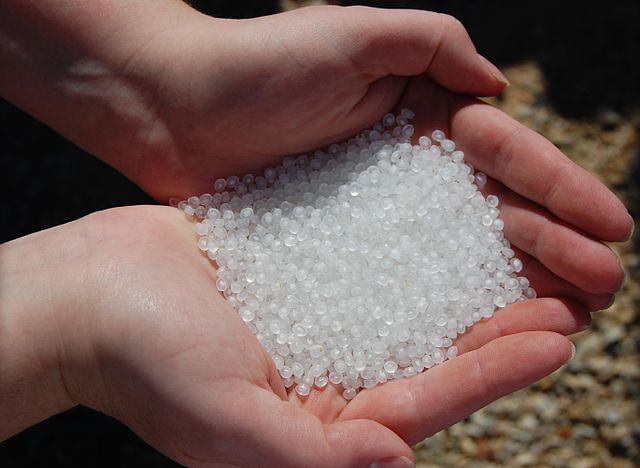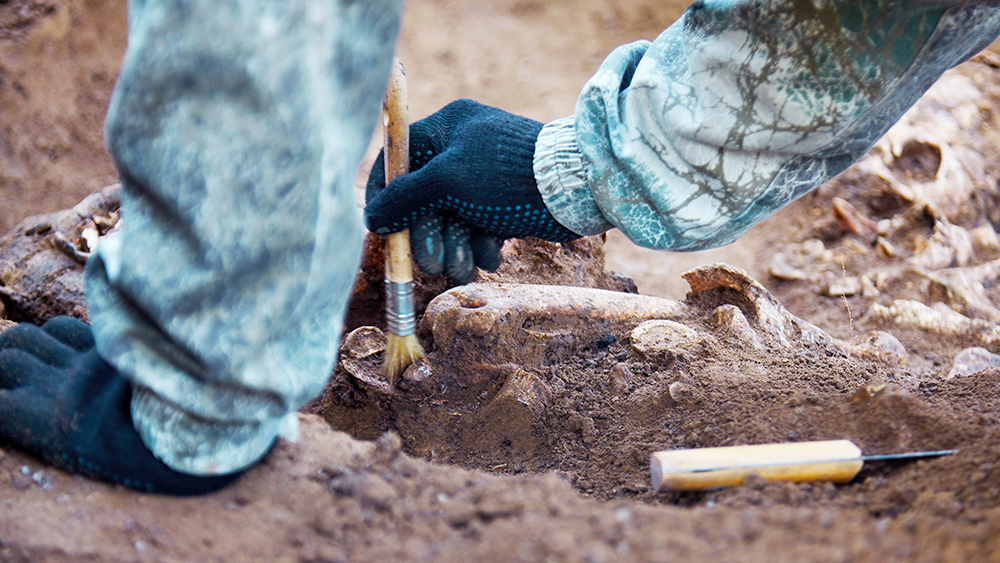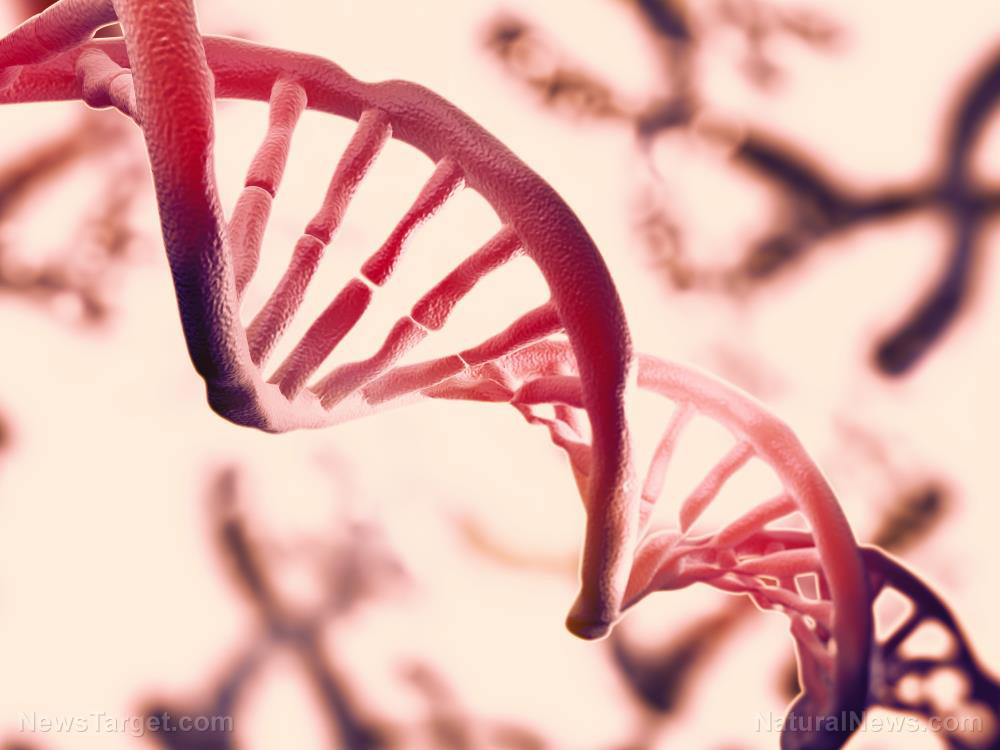Can this newly developed compound help fight antibiotic-resistant superbugs?
01/09/2020 / By Ralph Flores

People who believe that the next massive health threat would be the rise of multidrug-resistant bacteria or “superbugs” slightly missed their mark: the threat is no longer on the horizon; it’s already here, says a recent report by the Centers for Disease Control and Prevention.
In a statement, Robert Redfield, director of the CDC, said that the post-antibiotic era is “already here…miracle drugs no longer perform miracles, and families are being ripped apart by a microscopic enemy.”
Scientists around the world have been scrambling for ways to treat this looming crisis, which causes an infection every 11 seconds and a death every 15 minutes, on average. In a recent study, researchers from the University of Sheffield in England have developed a compound that could potentially target some forms of multidrug-resistant bacteria. The ruthenium-based compound can bind to a bacterium’s cell wall and cause it to disrupt so much that the cells would eventually implode, according to corresponding author Jim Thomas.
“We have tested it against a number of bacteria, including pathogenic, multidrug-resistant forms,” he added. “We found it is as potent as current antibiotics, but retains its potency in the hard-to-treat, drug-resistant forms.”
The team published their results in the journal ACS Nano.
Compound effective against gram-negative superbugs
In their study, the researchers focused on a class of compounds called ruthenium(II) polypyridyl complexes or Ru(II). While earlier studies noted Ru(II)’s potential in anti-cancer therapy, they developed a Ru(II) derivative that was effective against multidrug-resistant, gram-negative bacteria.
Gram-negative bacteria, named after the Dutch scientist who developed the technique to differentiate them, are known for being difficult to treat, even with antibiotics. In particular, the bacteria have an additional outer membrane, which not only prevents drugs from getting inside, but also forces them out so that they’re unable to take effect. Aside from E. coli, other gram-negative bacteria include Gonococcus, which causes the sexually transmitted infection gonorrhea; Salmonella, which is responsible for typhoid fever, food poisoning and other digestive illnesses; and Pseudomonas, an opportunistic pathogen responsible for many healthcare-related infections. (Related: Superbugs to devastate humanity as last antibiotic chemicals prove useless.)
During tests, Ru(II) was able to destroy multidrug-resistant, gram-negative bacteria such as E. coli. An added bonus of the new compound is that it’s luminescent. This makes it easy for researchers to follow Ru(II) in bacteria using advanced microscope techniques.
“This breakthrough could lead to vital new treatments to life-threatening superbugs and the growing risk posed by antimicrobial resistance,” said Thomas.
An old way to deal with a new problem
Ru(II) might seem like a breakthrough when it comes to treating superbugs, but the use of metals and metalloids in therapy is a practice deeply rooted in more traditional forms of medicine. Researchers from the University of Connecticut used a similar approach against Acinetobacter baumannii, a gram-negative bacteria known for resistance against carbapenems (drugs used for severe or high-risk bacterial infections), with promising results.
“In the olden days, metals were used as antimicrobial treatments, so we decided to revisit those to see if they could be applied to modern-day treatments,” added co-author Kumar Venkitanarayanan.
In their paper, which they published in the journal Wound Medicine, the researchers showed how using selenium weakened bacterial virulence using a wound simulation. Their findings revealed that A. baumannii exposed to selenium had a weaker biofilm architecture, which would allow antibiotic agents to penetrate its cell walls. In addition, selenium also impaired the bacteria’s ability to invade skin cells. While the exact mechanism of action for this effect is still unclear, researchers are hopeful that this will pave the way for treating superbugs using more traditional methods.
Sources include:
Tagged Under: antibiotic resistance, Antibiotics, Diseases, Gram-negative bacteria, infections, metalloids, metals, research, ruthenium, selenium, superbugs
RECENT NEWS & ARTICLES
COPYRIGHT © 2017 SCIENTIFIC NEWS



















